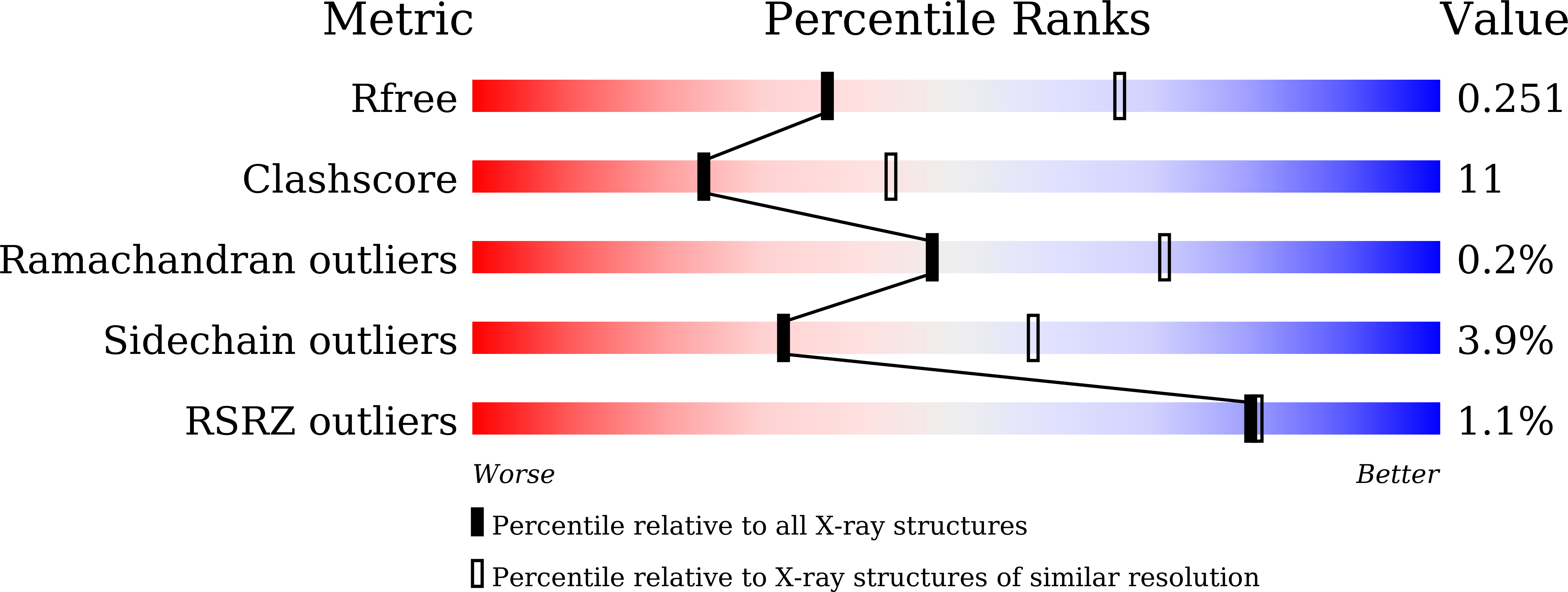
Deposition Date
2022-11-03
Release Date
2023-02-15
Last Version Date
2024-05-29
Entry Detail
PDB ID:
8HD4
Keywords:
Title:
Full-length crystal structure of mycobacterium tuberculosis FadD23 in complex with AMPC16
Biological Source:
Source Organism:
Mycobacterium tuberculosis H37Rv (Taxon ID: 83332)
Host Organism:
Method Details:
Experimental Method:
Resolution:
2.68 Å
R-Value Free:
0.25
R-Value Work:
0.21
R-Value Observed:
0.21
Space Group:
P 61 2 2


